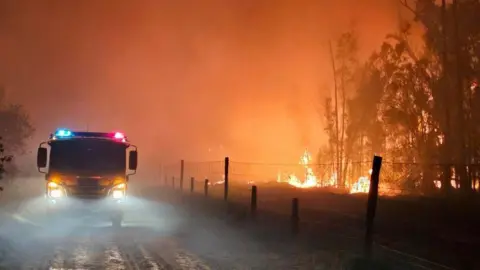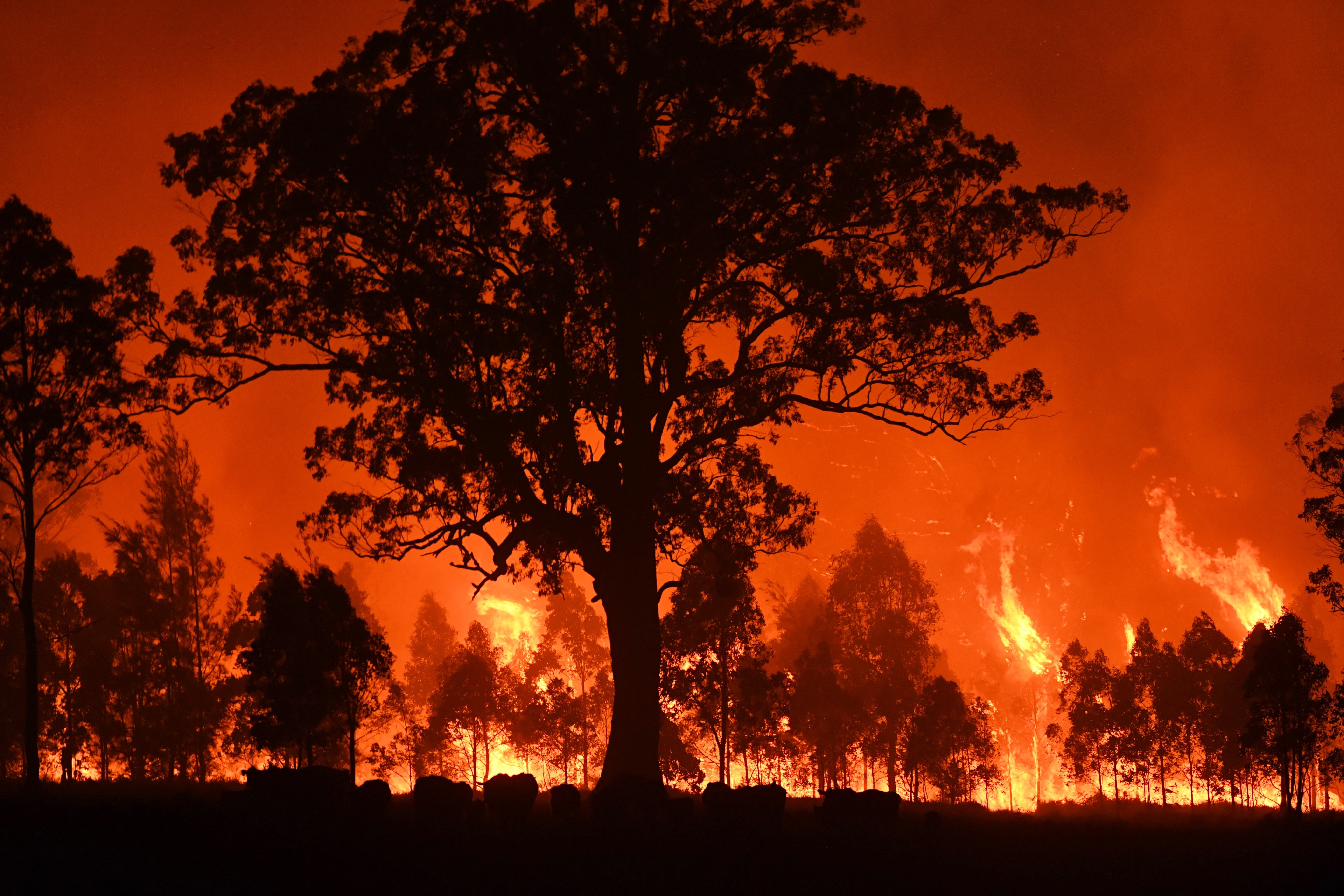Demystifying BAL Reports: An Overview to Comprehending Your Building's Bushfire Risk
Wiki Article
Just How BAL Record Impacts Bush Fire Defense Procedures
In the world of bush fire security, the Building Attack Level (BAL) record stands as a crucial device that considerably influences the safety and security and strength of buildings in fire-prone areas - BAL Report. The impact of a BAL evaluation extends much past simple documentation; it serves as the keystone for figuring out the ideal construction criteria and fire protection actions needed to reduce the risks positioned by bushfires. As areas come to grips with significantly extreme fire seasons, understanding exactly how the BAL record shapes these protective actions ends up being paramount for home owners, contractors, and policymakers alikeRecognizing the Bushfire Strike Degree

Significance of BAL Report Evaluation

Moreover, the BAL report analysis offers as a fundamental action in adhering to legal commitments and requirements connected to bushfire security. Local councils and authorities often mandate the submission of a BAL report as component of the planning and structure approval process to guarantee that residential or commercial properties are properly safeguarded versus bushfire risks. Stopping working to conduct a detailed BAL record assessment can cause poor protection steps, leaving homes prone to ruining bushfire events.
Building And Construction Criteria Based Upon BAL
A thorough understanding of the Bushfire Assault Degree (BAL) makes it possible for homeowner to execute construction requirements customized to their particular threat account. Construction criteria based on BAL are important in alleviating the effect of bushfires on buildings. The BAL ranking categorizes the prospective threat a residential or commercial property encounters throughout a bushfire on a range from BAL-Low to BAL-FZ (Fire Area) Each BAL level matches to particular building and construction requirements detailed in the Australian Typical AS3959-2018 Building of Structures in Bushfire-Prone Areas. Residential properties classified as BAL-Low may only need basic actions such as getting rid of debris and maintaining gardens, while those in greater BAL categories require more durable procedures like coal screens, fireproof materials, and secured windows. Complying with these building and construction requirements not only enhances the structural durability of the property yet likewise enhances the general safety and security of residents during a bushfire read more occasion. For that reason, building proprietors should very carefully consider their BAL score and comply with the corresponding construction criteria to properly secure their homes and owners.Applying Fire Protection Steps
With the foundation of building and construction requirements based on Bushfire Attack Degree (BAL) in position, the emphasis now shifts in the direction of the sensible implementation of fire defense procedures to fortify homes against find out here now bushfire dangers. Implementing fire defense steps includes a mix of passive and active strategies to improve the resilience of structures in bushfire-prone areas. Easy procedures consist of utilizing fireproof structure products, installing ember guards on vents, securing gaps in roofings and wall surfaces, and keeping a clear room around the building devoid of flammable plants. Energetic procedures encompass having firefighting devices easily available, such as hoses and water pumps, in addition to developing a defendable space around the property by clearing plant life and having a well-kept yard. In addition, creating an evacuation plan and ensuring all locals recognize emergency situation treatments are vital parts of effective fire defense procedures. By incorporating both passive and energetic methods, homes can considerably lower their susceptability to bushfire cases and raise the safety and security of residents.Safeguarding Houses Against Bushfires
Efficiently protecting homes versus the devastating effects of bushfires calls for a extensive and aggressive method to fire security actions. House owners staying in bushfire-prone areas must prioritize the application of various approaches to enhance their building's durability versus wildfires. One essential facet is creating a defensible space around the home by keeping a clear zone without flammable materials. This includes routinely trimming plant life, eliminating dead plants, and making certain a safe distance between frameworks and trees. Mounting fireproof roof covering products can likewise considerably minimize the danger of cinder attacks and direct flame contact. Furthermore, securing vents and gaps to stop cinder intrusion, along with incorporating fireproof doors and home windows, can aid strengthen the home's protection against bushfires. Investing in a dependable water resource, such as a well-maintained lawn sprinkler or a committed water storage tank, is essential for providing water during fire emergencies - BAL Report. By accepting an aggressive stance and incorporating these safety actions, home owners can significantly enhance their possibilities of safeguarding their homes versus bushfires.Final Thought
In verdict, the Bushfire Attack Level (BAL) record plays a crucial function in establishing the necessary protection actions versus bushfires. Implementing fire protection steps based on the BAL report is necessary in guarding properties from potential bushfire risks.In examining bushfire threat to homes, comprehending the Bushfire Assault Degree (BAL) is an essential component for executing efficient security procedures. Generally, advice a clear understanding of the Bushfire Assault Degree is essential for executing adequate protection measures and mitigating the effect of bushfires on properties.

Report this wiki page